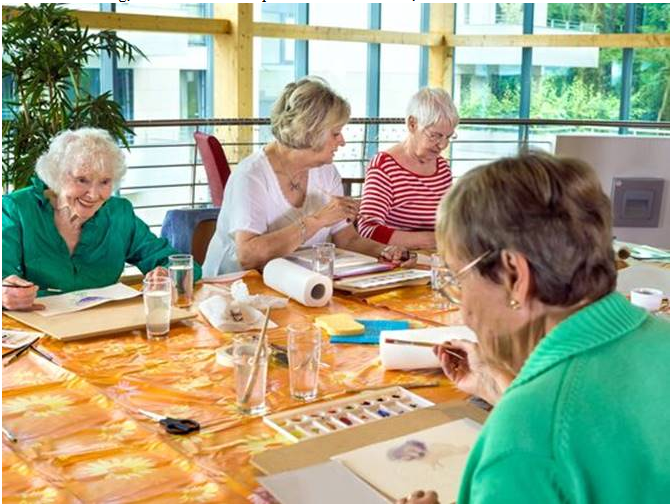
Whether it’s a troubling change in appearance or sudden persistent forgetfulness, there are certain signs to watch out for when it comes to the health and safety of seniors. For adult children and other family members, it’s important to know if an elderly loved one may need to make the transition from independent to assisted living. Experts recommend starting with simple observations to determine whether an elderly family member may need some help.
“Look for nutritional issues, such as unintended weight loss, inability to groom themselves, such as dirty clothing or unkempt appearance, and marked deterioration in how the home looks,” said Lyle Engler, a registered nurse and director of clinical practice for Renown Home Health. “These are all signs that independent living may have become too difficult.”
Other red flags include trouble with mobility, recent falls, difficulty driving and memory loss that goes beyond misplaced keys — such as the inability to remember common words or how to get back home from the grocery store. A darker mood and less involvement with social activities and hobbies can be warning signs as well.
Four degrees of burns, not three
“For some, this stage comes after a stroke in their 50s or 60s, but most typically, seniors in their 70s and 80s should be monitored closely for changes in behaviors or capabilities,” said Jeff Dold, owner and director of More to Life Adult Day Health Center in Sparks. “Sensitive family members can help identify when it might be time to stop driving or consider moving residence to a safer place; but don’t wait until the senior is injured or lost before taking preventative action.”
ADVERTISING
inRead invented by Teads
Given the fact that falling is one of the biggest risks to senior safety, one of the first things folks can do to help prevent problems is to check their elderly family member’s home for possible hazards. Consider improving the lighting, mounting grab bars in the bathrooms and replacing steps with ramps.
“One out of five falls results in serious injury for people over age 65. Scan your parents’ home for clutter and trip hazards,” said Engler. “Throw rugs, cords and constricted walkways are just some of the items that can contribute to falls. Help your parents cut down on clutter to reduce their fall risk.”
Give yourself the gift of good health
If a senior’s need for assistance goes beyond fall prevention, then it may be time to consider assisted living. This comes in many shapes and sizes, so there should be an option to suit you and your aging family member. Depending on individual needs and resources, this may mean hiring in-home help, moving your aging loved one in with you, enrolling the senior in an adult day health center or choosing a live-in facility with the appropriate level of care.
“Visit a few of the organizations and talk to the manager and staff to determine their philosophy and attitude toward the ones they care for — look for signs of true compassion, sincerity and willingness to help,” said Dold. “Ask for a calendar or outline of a typical day, and look at it as if you were going to be the one attending.
“Don’t forget to discuss the options with your senior, but be careful not to overwhelm them or expect too much from them,” he added. “Demonstrate respect, and consider inviting them to explore the options with you.”


Leave a Reply